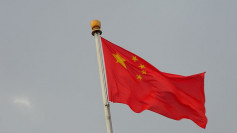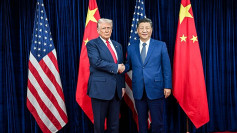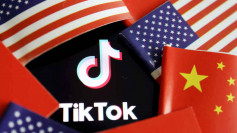Starbucks and Luckin Coffee's rivalry over China's coffee industry intensifies as Luckin moves to dethrone the U.S. coffee giant. Luckin coffee aims to build high tech-driven shop all over the country every three and a half hours to break Starbucks promise of opening a new store every quarter of an hour.
The Chinese upstarting coffee company invested millions of dollars to attract customers by providing high discount rates that challenge Starbucks dominance. The company's market strategy targeted students and office workers who preferred their coffees on-the-go or delivered to their preferred locations.
Unlike Starbucks and British Costa Coffee which offers lounge spaces for their customers, Luckin's branches are like "delivery kitchens". Their shops require smaller spaces without tables, display counters or even cash registers since all of their transactions are made using mobile phones.
Luckin is somehow minimalist in their products which mean that they do not require additional fees for unnecessary extras and their products are about a third less for a cup compared to their competitors. A 31 yuan tall-sized latte at Starbucks is only 24 yuan in Luckin.
Customers need to pre-order their purchases through the company's smartphone app. Thus, they only need to spend a little amount of time in processing their transactions of scanning their transaction codes to paying their coffees.
Yu Qian, a Beijing-based financial analyst, said that that he likes the convenience that Luckin provides since he no longer needs to spend time on longer queues and he no longer needs to sit alone while waiting for the coffee to be brewed.
Luckin uses the same strategy as the other start-up companies that have dethroned Western brands in the world's largest consumer markets. According to Reinout Schakel, Luckin's chief strategy officer, they are advantageous in terms of rental costs compared to the other big companies since they significantly pay less.
Luckin is in operation for almost a year and it showed significant growth. Earlier this month, the company announced that they are planning to reach 4,500 outlets until 2019 ends adding around 2,500 outlets.
Currently, Starbucks operates 3,600 stores across China. Euromonitor reported that the company has an 80 percent stake in the country's $3.4 billion coffee shop market. Schakel said that China traditionally drinks tea instead of coffee just like Japan and South Korea. He sees room for growth in China's coffee market noting that Chinese consumers currently drink four to five cups of coffee per year which is significantly lower than the 300 cups in Japan and South Korea.






